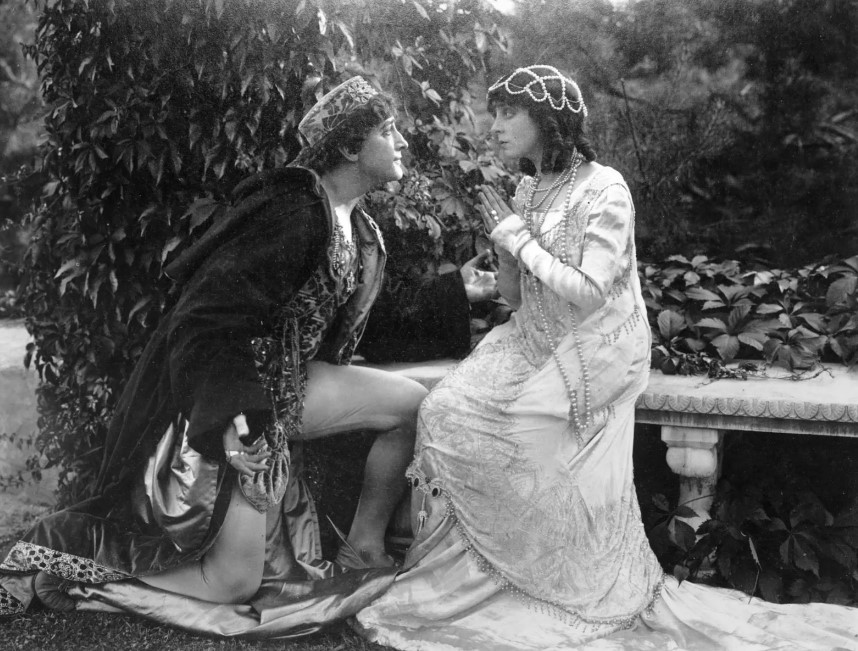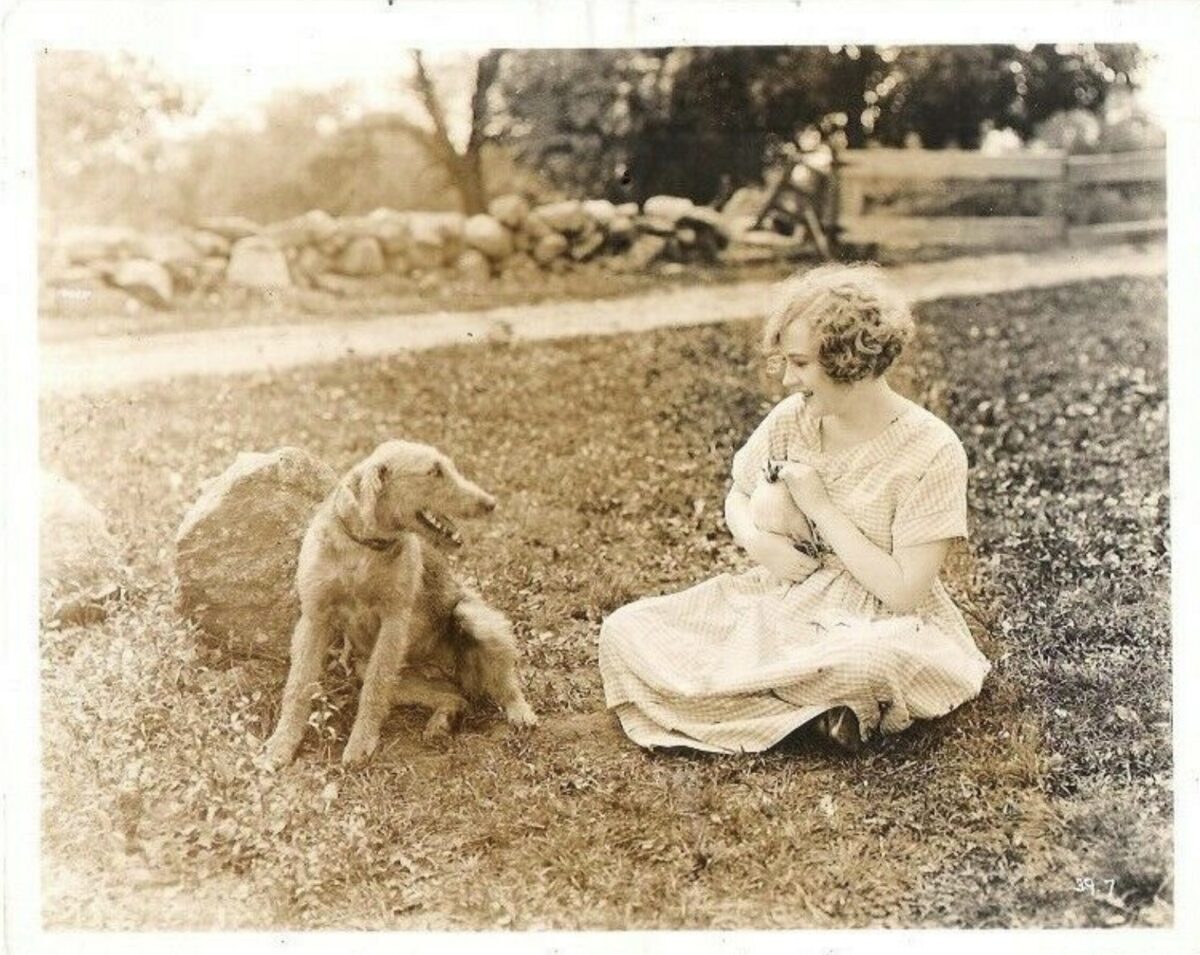Connecticut’s role in the evolution of the U.S. film industry

Connecticut”™s place within the history of U.S. film production stretches back to the dawn of the motion picture industry. No less of a figure than D.W. Griffith began his career in the Nutmeg State, making his directing debut with the 1908 one-reeler “The Adventures of Dollie” in South Beach (now called Old Greenwich). Griffith would shoot four more one-reel films in the area before leaving for California to create feature-length films including “The Birth of a Nation” and “Intolerance.” Griffith would return east in 1919 to set up his own film studio ”“ albeit across the Westchester border in Greenwich.
Greenwich and Stamford saw a fair amount of epic film production during the 1910s and 1920s, with the area often doubling for European locations. Greenwich”™s Crowley Castle doubled for Verona in the 1916 “Romeo and Juliet” starring Francis X. Bushman and Beverly Bayne, while a set resembling the Tower of London was built along the Stamford shoreline for the 1920 thriller “The Fatal Hour” and the canals of Venice were recreated in Stamford for the 1923 Marion Davies comedy “Adam and Eva.” Sadly, this footage is considered lost.

One of the most interesting silent films produced in Connecticut was “The Making of an American,” a 1920 documentary produced by a Massachusetts company on behalf of the State of Connecticut Department of Americanization. The film was designed to help European immigrants assimilate into the American society, and the state sold copies to other states eager to replicate Connecticut”™s “Americanization” policies. “The Making of an American” was considered lost for many years until a film collector came forward with a print in 1999 ”“ in 2005, it was selected for preservation as part of the Library of Congress”™ National Film Registry.
With the coming of sound films in the late 1920s, movie production became anchored in the Hollywood soundstages. No major film would be shot on location in Connecticut until 1947 when Elia Kazan brought his film “Boomerang” to Stamford. Kazan”™s film was inspired by the 1924 murder of a priest in Bridgeport and the filmmaker wanted to emulate the neo-realist style of on-location filmmaking popularized by post-World War II Italian filmmakers. Kazan”™s direction was honored by the New York Film Critics Circle and the National Board of Review.
From the late 1950s through the late 1960s, a few Hollywood films had segments filmed in Connecticut ”“ “It Happened to Jane” (1959), “The Cardinal” (1963), “The Pawnbroker” (1965), “Valley of the Dolls” (1967) and “The April Fools” (1969) had scenes on location in the state, although the bulk of their productions occurred elsewhere. A couple of under-the-radar filmmakers were active in Connecticut during the 1960s ”“ low-budget horror filmmaker Del Tenney used Stamford as the base for his features “The Curse of the Living Corpse” and “The Horror of Party Beach” (both released in 1964) while a pre-“Sesame Street” Jim Henson made several experimental short films at his Greenwich home, most notably the Oscar-nominated “Time Piece” (1966).
In 1968, two prominent Westport residents released films that they shot locally ”“ Frank Perry adapted John Cheever”™s short story “The Swimmer” starring Burt Lancaster while Paul Newman directed his wife Joanne Woodward in the drama “Rachel, Rachel.” Newman and Woodward would collaborate on another Connecticut-based film in 1973 when he directed her performance in “The Effect of Gamma Rays on Man-in-the-Moon Marigolds.”

The 1970s saw a trio of cult horror films made in Connecticut ”“ “Let”™s Scare Jessica to Death” (1971), “The Stepford Wives” (1975) and “I Spit on Your Grave” (1978) ”“ along with the low-budget romantic drama “One Summer Love” (1976) starring Beau Bridges and Susan Sarandon. Filmmaker Sean S. Cunningham shot a pair of cheaply made sports comedies, “Here Come the Tigers” and “Manny”™s Orphans,” that were both released in 1978.
The 1988 coming-of-age comedy “Mystic Pizza” put Connecticut back in the spotlight as a filmmaking site. The independently produced film was a critical and commercial hit that helped launch the career of its three stars ”“ Julia Roberts, Annabeth Gish and Lili Taylor ”“ and fueled a renewed interest in the Mystic area as a tourist site. However, the success of “Mystic Pizza” did not fuel a renaissance in Connecticut-based filmmaking, and the failures of “Jacknife” (1989) starring Robert DeNiro and “Scenes from a Mall” (1991) starring Bette Midler and Woody Allen did little to encourage more productions.
When the 30% state tax credit for movie production took effect on July 1, 2006, Connecticut saw a flurry of major film productions, most notably with the Yale-based segments for Steven Spielberg”™s “Indiana Jones and the Kingdom of the Crystal Skull” (2008) and the Darien-based “Revolutionary Road” (2008) starring Leonardo DiCaprio and Kate Winslet under Sam Mendes”™ direction.
Separate from the Hollywood productions is Connecticut”™s local filmmaking scene. Several Connecticut-based filmmakers have gained notice beyond the state for their works ”“ Gorman Bechard was praised for his 1986 underground comedy “Psychos in Love” and a series of documentaries he helmed during the 2000s, while award-winning Michael Mongillo has been hailed for inventive productions including “Being Michael Madsen” (2015) and “The Changed” (2022) and Eric Michael Schrader, co-director of the 2010 comedy “Burial Boys,” relocated from Connecticut to Hollywood and became a multiple Emmy Award winner for his editing on the TV series “Life Below Zero.”